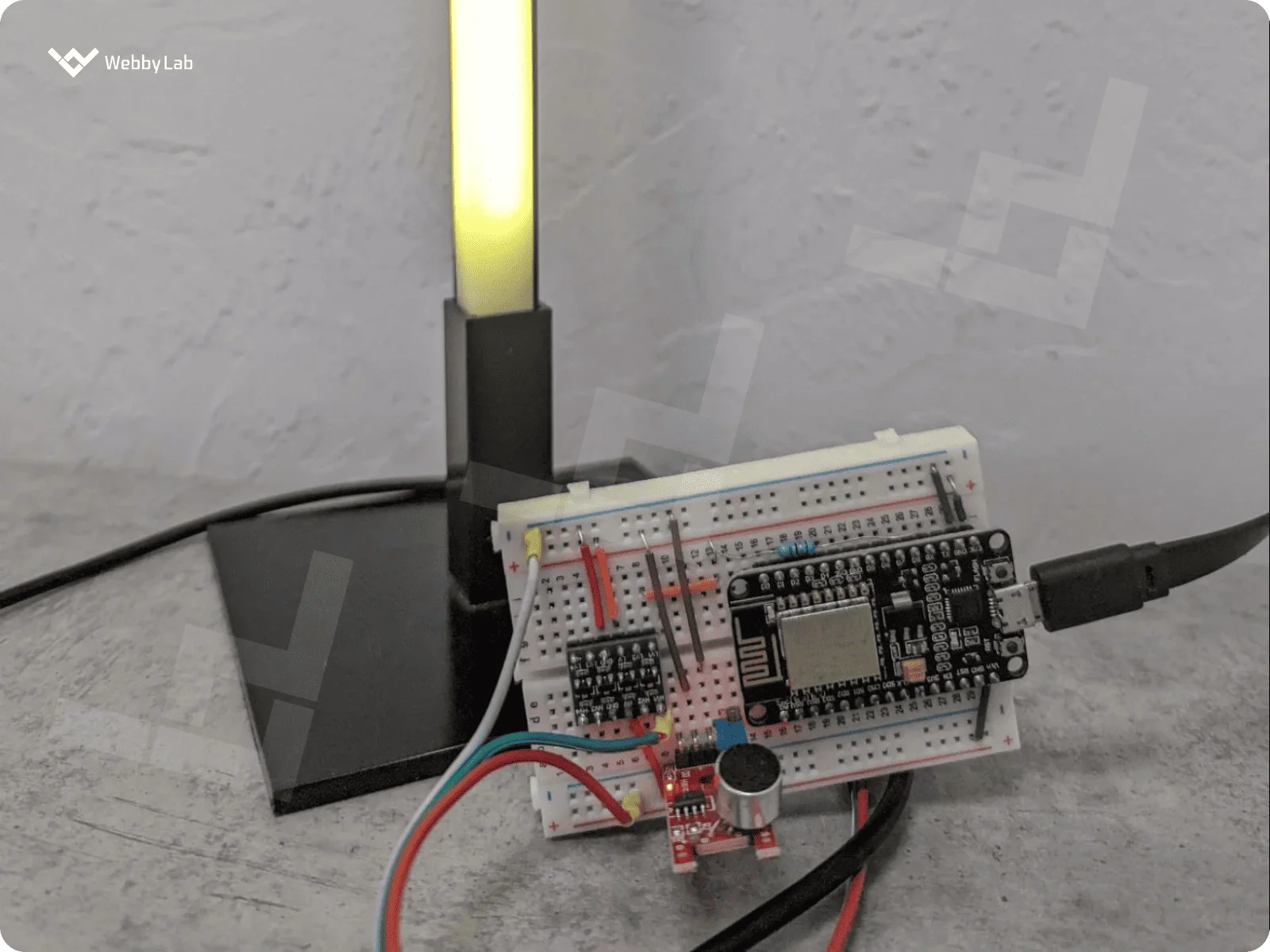IoT Testing: Process, Challenges, and Best Practices
Written by:

Kostiantyn Oliynyk
Head of IoT at Webbylab
With a robust academic background in Telecommunication Systems Engineering, I apply my knowledge to lead innovations in the IoT domain. Starting as the first team member in the newly formed IoT department at WebbyLab, I've spearheaded its growth, fostering the expansion into embedded and hardware development alongside our core software projects. My dedication lies in pushing the boundaries of IoT technology, fostering a culture of innovation and excellence that profoundly impacts our clients' operational success.
We test all kinds of IoT projects, from smart home devices and energy-efficiency solutions to embedded tech and large-scale industrial IoT systems. For example, in one of our projects, we’ve tested heat pumps to make sure they run efficiently.
We use the Internet of Things automated testing tools that speed up the testing process without compromising quality. For example, we often leverage MQTT Explorer and Grafana to monitor and troubleshoot system behavior in real time.
Besides just that, we highlight real-world simulation and agile testing, so that you can launch a thoroughly tested product faster.
Of course! Integrating different devices and platforms is a huge part of our job. We’re great at making sure everything works together smoothly — sensors, controllers, gateways, cloud platforms, and so on.
On top of that, we handle end-to-end IoT testing upon integration to sync your system with new devices, platforms, or IoT applications flawlessly.
We don’t stop at testing. If necessary, we can support you even after your IoT project goes live. Here’s what we do:
- We monitor your system post-launch to make sure it’s stable
- When you roll out updates, we handle regression testing to ensure new features or fixes don’t affect existing functionality
- We help with scaling or adapting your system to more users
Basically, we can become your go-to QA partner to handle the post-launch job. To get our support, just drop us a line.
Getting started is very easy! Simply reach out to us for a consultation. We’ll thoroughly review your project requirements and come up with a tailored IoT testing framework.

 Bridges in a 2Smart Standalone platform
Bridges in a 2Smart Standalone platform




 Managing smart home devices through 2Smart Standalone
Managing smart home devices through 2Smart Standalone A full-fledged product launched with the help of 2Smart Cloud
A full-fledged product launched with the help of 2Smart Cloud A mobile app of the Propuskator ACS delivered by WebbyLab
A mobile app of the Propuskator ACS delivered by WebbyLab A mobile app for monitoring heat pump performance
A mobile app for monitoring heat pump performance A demo stand for testing A/C cleaners
A demo stand for testing A/C cleaners Deployed charging station example
Deployed charging station example Smart lamp prototype built by WebbyLab
Smart lamp prototype built by WebbyLab



